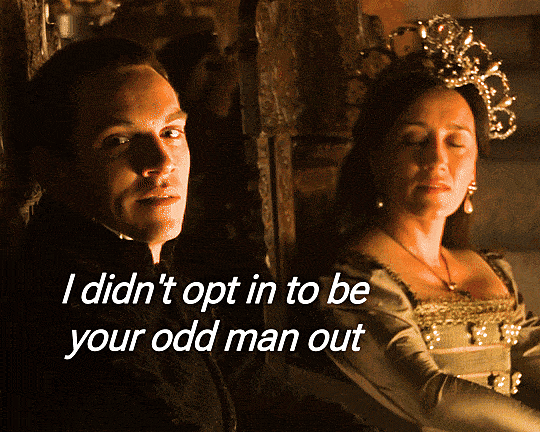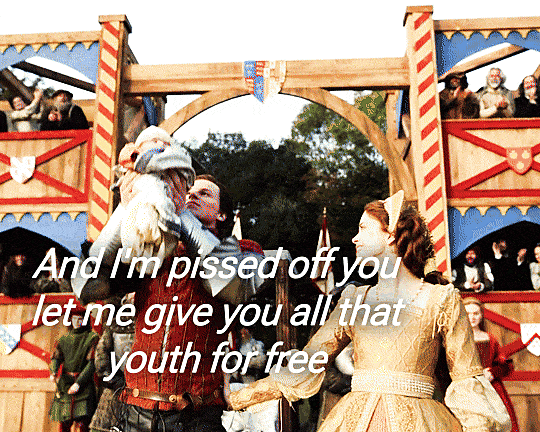Photo


46 notes
·
View notes
Text

Portrait painting of Queen Mary I of England (1554-1558) By Unknown Artist
8 notes
·
View notes
Text


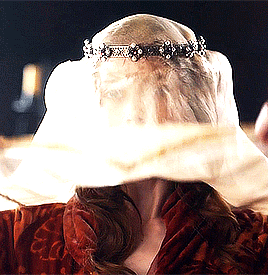


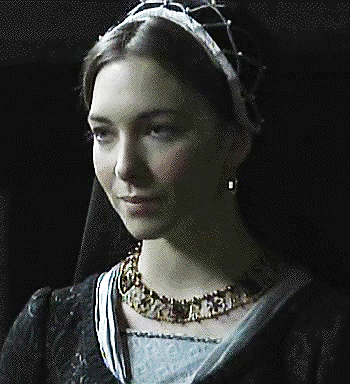
“If Catherine as a girl could summon up her courage, friendless in a foreign country, to tell Henry VII that her marriage was ‘irrevocable’, and be proved right, she was not likely to change her mind on the subject in the future”
Antonia Fraser, The Six Wives of Henry VIII
#catherine of aragon#katherine of aragon#catalina de aragon#the spanish princess#charlotte hope#isabel tve#natalia rodríguez
2 notes
·
View notes
Text


"Intellectually, Katharine was very much a woman of ‘the Renaissance’. It was curiously appropriate that she had been born at Alcalá de Henares, where in 1499 the most advanced university in Spain was established (La Universidad Complutense). In the years 1502–22, the university produced the celebrated ‘Polyglot Bible’, in which the Old Testament was printed in Caldean, Hebrew, Greek and Latin and the New Testament in Greek and Latin; it was one of the emblematic works of what was called ‘the New Learning’, the rediscovery of the culture and values of classical antiquity and their application to the contemporary world. Katharine knew Cardinal Francisco Jiménez de Cisneros, who had supervised the project – indeed, she had been born in his palace – and came in time to form friendships with some of the leading members of the great generation of humanist scholars who were transforming European letters – Antonio de Nebrija and Juan Luis Vives among the Spaniards; Thomas More and John Colet among the Englishmen. Indeed, Katharine was part of a generation in Spain which was learning to value women in quite a new way; as an expression of this, the University of Alcalá (like that of Salamanca) even appointed women to professorial chairs. Truly, the world was changing at an astonishing rate."
Patrick Williams, Katharine of Aragon: The Tragic Story of Henry VIII's First Unfortunate Wife
#catherine of aragon#katherine of aragon#catalina de aragon#francisco jiménez de cisneros#spanish history#renaissance
43 notes
·
View notes
Text
"In a more daring and more publicly open demonstration of support for Catherine, an anonymous playwright wrote a decidedly risky work that captured the mood of people on edge. The Interlude of Godly Queen Hester was first published in 1561 but was probably written in the fall of 1529. It was not uncommon for authors of controversial works to seek cover under anonymity, and we do not know, and may never know, the author’s identity. It was clearly someone aware of who was in and who was out at court, and who may well have known Catherine: the play was produced when Catherine presided over the Christmas revels that year, and clues in the text strongly suggest that it may have been performed under the auspices of Catherine’s own chapel to console her in a time of peril."
Theresa Earenfight, Catherine of Aragon: Infanta of Spain, Queen of England
4 notes
·
View notes
Text
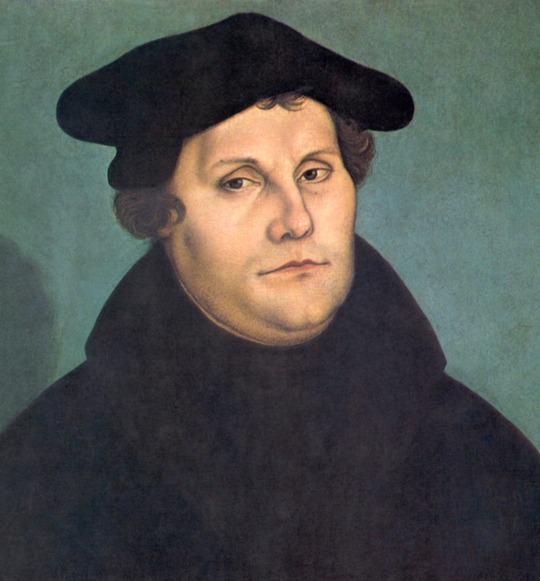
In 1517 an obscure German priest and academic, Martin Luther, set Europe ablaze with his Ninety-Five Theses protesting against the corruption of the Catholic Church. The Pope declared Luther a heretic, but his writings spread rapidly thanks to the printing press.
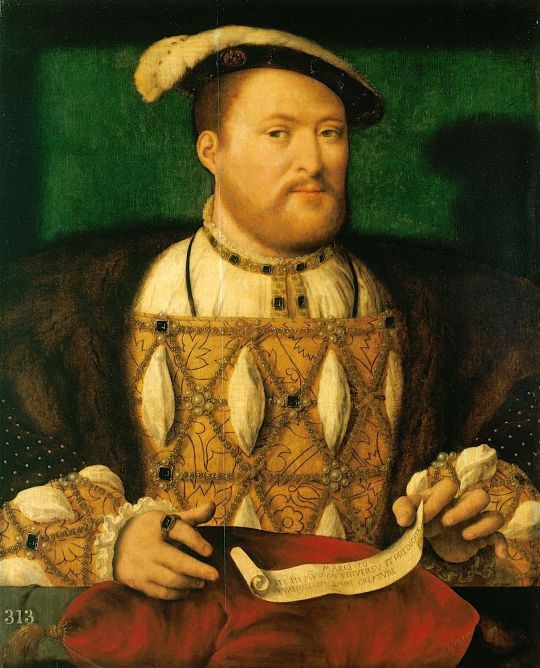
Not to be outdone, Henry VIII reacted by writing his own rebuttal in his Defence of the Seven Sacraments, which called for Catholics to reject such heretical views. John Foxe later wrote that although the book carried the king’s name, ‘yet it was another that administered the motion, another that framed the style’. Luther himself objected to the book on the grounds that it was not written by Henry, blaming Wolsey for its existence. It is possible that Wolsey, More or even John Fisher contributed to the final work, although as early as 1517 Henry had been composing his thoughts before sharing them with his advisers. With her education and intelligence, it is difficult to believe he did not discuss the matter with Catherine.
In 1521, Pope Leo X awarded Henry the title of Fidei Defensor, or Defender of the Faith. Wolsey presented the king with the papal bull, with a speech drawing on the observations of John Clerk, Henry’s ambassador to Rome, who had initially presented Leo with the work. It had been ‘beautiful to hear with what exultation the Pope and Cardinals broke out in praise of Henry, declaring that no one could have composed a better antidote to the poison of heresy’. With ‘great eloquence’, Henry had ‘completely refuted Luther by reason, Scripture and the authority of the fathers … and shown an example to Christian princes’. To make the point at home, Luther’s works were publicly burned at St Paul’s Cross, London, Oxford and Cambridge.
Amy Licence, Catherine of Aragon: An Intimate Life of Henry VIII's True Wife
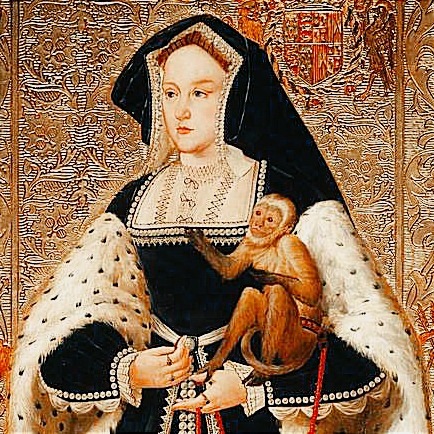
In 1523 a Spanish confessor of the Queen, Alfonso de Villa Sancta, wrote two anti-Protestant reform treatises Problema Indulgentiarum Aduersus Lutherum and De libero arbitrio aduersus Melanchthonem at Catherine’s request and dedicated to her. It would seem that she formed a willing part of the literary crusade launched against Martin Luther throughout Europe in the early 1520s. Villa Sancta gave Catherine the title Fidei Defensor. It is clear that prior to his break with the Roman Church in 1533, Henry VIII was willing to work with his first wife in denouncing Lutheran ideas.
3 notes
·
View notes
Text



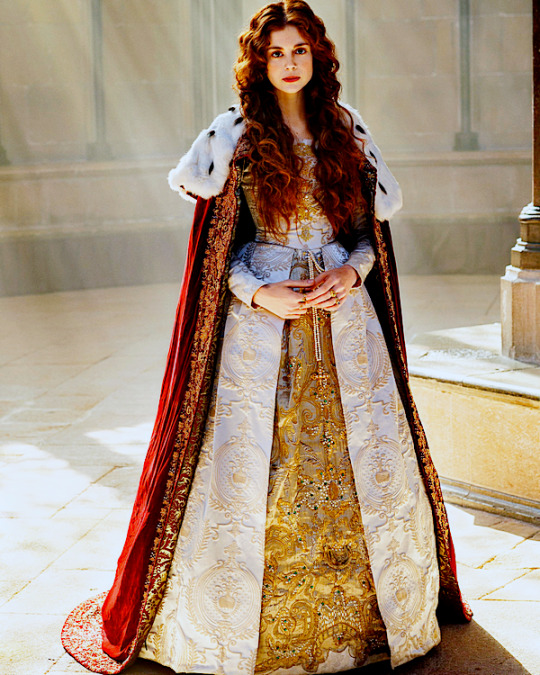
Princess of Wales → Queen of England
Katherine of Aragon as portrayed by Charlotte Hope in Starz The Spanish Princess
115 notes
·
View notes
Text
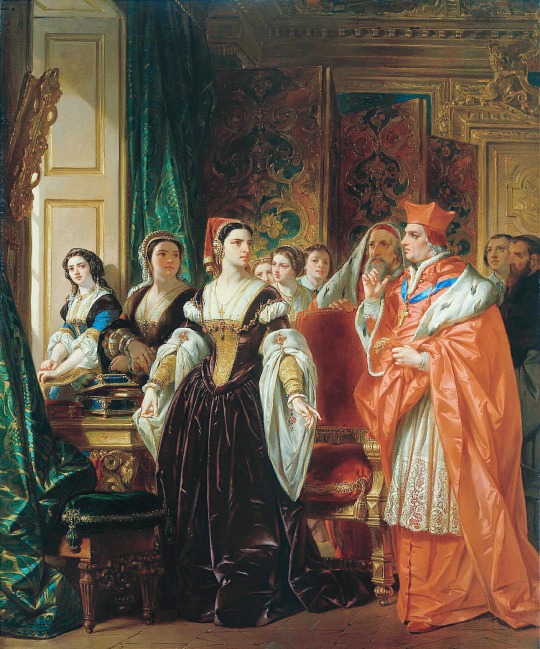
"In London, king and minister now turned the fullest pressure on Katharine. They despatched Warham and Tunstall and two other senior men to confront Katharine with the accusation that her defiance was raising such hostility to the king himself and to Campeggio that Henry feared that an assassination attempt might be made on one or both of them. If this did happen Henry – in life or in death – would hold Katharine responsible. Warham and Tunstall were instructed to advise Katharine that Henry believed that she now so hated him that he could no longer allow Princess Mary to come into contact with her: Katharine was to be separated from her beloved daughter. Katharine furiously rejected the ‘abominable’ suggestion that she could ever seek to have Henry killed and professed herself convinced that Henry could not have been party to this suggestion for he knew that she valued his life above her own."
Patrick Williams, Katharine of Aragon: The Tragic Story of Henry VIII's First Unfortunate Wife
1 note
·
View note
Text
"In the 1520s, England too was a country bursting with relics. Catherine had kissed them at Canterbury, Walsingham, Westminster and St Paul’s, and followed Elizabeth of York’s example of going into labour clutching the birthing girdle of the Virgin Mary. And these relics were accessible to the people in small parish churches, not just in the large cathedrals and monasteries. In Shelford visitors might see phials of Mary’s milk and part of her churching candle, in Kaldham the finger bone of St Stephen was on display, in Burton-on-Trent pilgrims might see the staff of St Modwena, and part of the shirt of St Thomas could be found at Derby. Clothing, girdles, combs, hair, bones and bodily fluids could be found housed all around the country as an essential component of pre-Reformation Catholicism, accessible, powerful and defining. Catherine was an important religious leader in England, teaching by example. Among the artefacts that accompanied her on her travels were pictures of Mary and her mother, St Anne, and St Elizabeth, who must have had particular resonance for Catherine, as she had miraculously conceived and given birth to a child even after the onset of her menopause."
Amy Licence, Catherine of Aragon: An Intimate Life of Henry VIII's True Wife
13 notes
·
View notes
Text

The Fall of Rhodes began on June 26, 1522, when the Ottomans launched their attack on the island. This was their second attempt to expel the Knights Hospitaller, a Christian military order that had been ruling Rhodes since the early 14th century. Despite their brave resistance, the Knights were heavily outnumbered. After a grueling six-month siege, they surrendered on terms to the Ottoman forces on December 22. Sultan Suleiman allowed them to depart, marking the end of their reign in Rhodes.


Catherine of Aragon was also seen as being an influential figure who might influence her husband and her people. The new Pope Adrian VI, wrote to her directly, shortly before the fall of Rhodes, to invoke in her the spirit of her parents:
"All the world knows the zeal of the late King and Queen Catholic [Ferdinand and Isabella] in behalf of the Catholic faith, whose footsteps Katharine [sic] has followed. Is writing to the King her husband touching the oppression of Christendom by the loss of Rhodes. Begs she will give effect to his exhortations like a good Catholic, and induce him to peace, or at least some good truce, by means of which the power of the Turk may be repressed. Recommends public prayers and processions in England, on account of the sins of Christendom. Henry should act up to his title of Defender of the Faith against the present dangers, which are of more consequence than the schism, which he has almost extinguished."
Sources:
Amy Licence, Catherine of Aragon: An Intimate Life of Henry VIII's True Wife
3 notes
·
View notes
Text


"Exactly when Catherine lost her third child is unclear. Some accounts give this date as early as 17 September, but this cannot be the case because Catherine was on the move between Woburn and Walsingham, so if she had given birth or suffered a late miscarriage, she would have entered the lying-in period of recovery and thus be unable to continue her journey. It seems more likely that she delivered this child on her way home, or soon after her arrival. On 8 October, the Imperial agent James Bannissius reported to Lord Albert of Carpi that ‘the queen has given birth to a son’, but made no comment about the child’s survival. The fact that he was given a name, Henry, suggests that he was born alive but did not survive, as opposed to a stillbirth or late miscarriage, such as the queen had suffered back in 1510. Yet there is a silence in Catherine’s own correspondence, and that of the king. When Henry returned to England at the end of October, he headed to Richmond to be reunited with his wife. Their meeting was ‘so loving’ that the bystanders ‘rejoiced’ to see it. It is possible that Catherine was not pregnant at all, or it is equally possible that the relevant letters have not survived, or that they chose to draw a veil of silence over their personal grief."
Amy Licence, Catherine of Aragon: An Intimate Life of Henry VIII's True Wife
1 note
·
View note
Text


These stunning portraits of Catherine of Aragon & Henry VIII were commissioned by Maximilian I for a manuscript of polyphony, completed in Mechelen in c.1513.

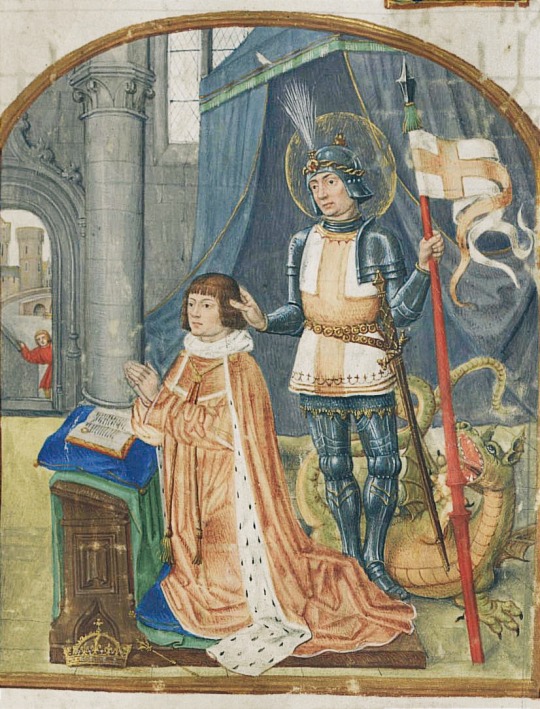
https://x.com/DrOwenEmmerson/status/1780146288123617692
20 notes
·
View notes
Text


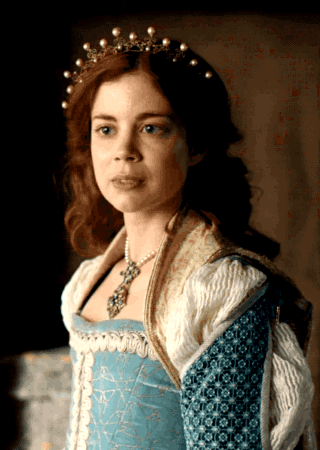
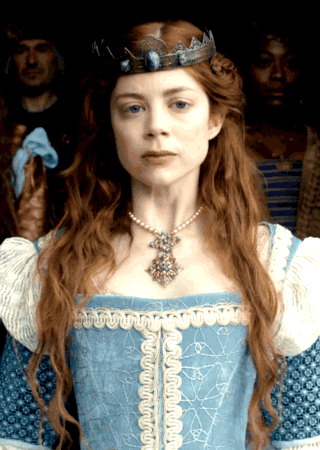

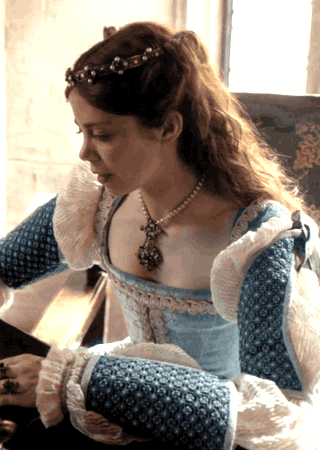
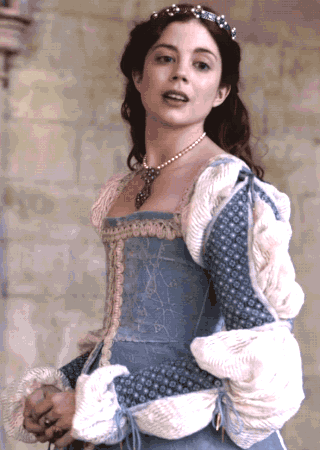
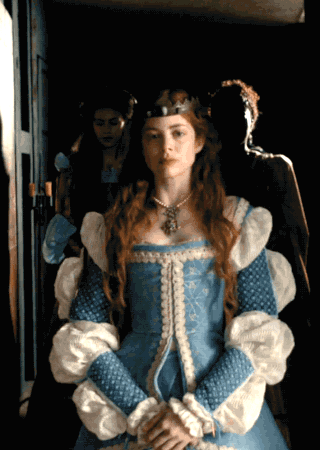



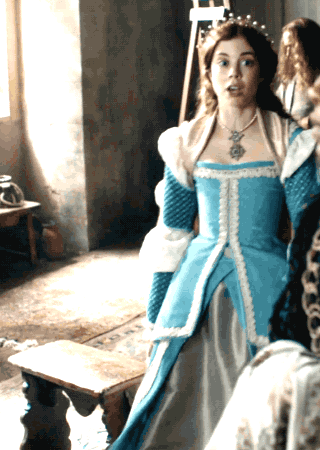





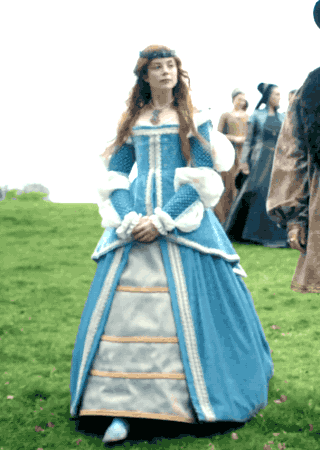
(Almost) Every Costume Per Episode + Katherine of Aragon's light blue gown with gold and white embellishments in 1x01,3,4,5
119 notes
·
View notes
Text


"Margaret Beaufort was a woman into whose shoes Catherine may have aspired to step. Learned, dignified, religious and wise, she represented an intellectual influence that was difficult for members of the female sex to achieve at the time, from constraints of literacy and opportunity. In this respect, Margaret may have reminded Catherine of her own mother’s efforts to spread the tenets of humanism through education and patronage, being ‘bounteous and liberal to every person of her knowledge and acquaintance’. As Catherine would do in later life, Margaret had worn a hair shirt under her clothing, lived temperately and modestly, making her confession every three days. Almost four centuries after her death, she would be described by biographer Charles Henry Cooper as ‘the brightest example of the strong devotional feeling and active charity of the age in which she lived’ who ‘stepped widely … out of the usual sphere of her sex to encourage literature by her patronage and her bounty’ with the ‘exercise of a mind at once philosophic and humble’. Cooper’s contemporary Caroline Amelia Halsted praised Margaret as a role model to whom ‘the females of Britain look with duty and affection, with pride as women, with devotion as subjects’. Catherine may not have spent large amounts of time in Margaret’s company, yet by 1509 she could not have failed to be aware of her reputation. Furthermore, Margaret’s death left a particular space at the heart of the court into which the younger woman could now step undaunted, to occupy the position of queen, of patroness and of female authority at the side of a powerful king. If Margaret’s death was loss for Catherine, it was also an opportunity to come out of the shadows, to come into her own.'
Amy Licence, Catherine of Aragon: An Intimate Life of Henry VIII's True Wife
5 notes
·
View notes
Text


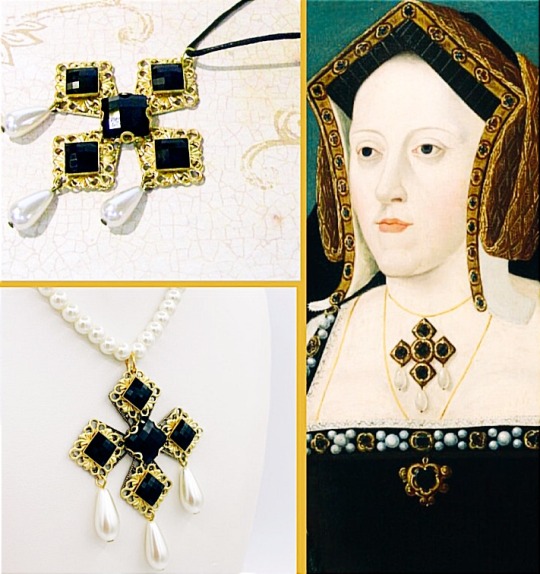
"Henry’s sister and other royal ladies had also been asked to yield up their jewels for the benefit of Anne, but the records indicate a number of items that were clearly Spanish in origin or had been created to honour Catherine’s weddings. Besides the jewels and pearls, however, a wider confiscation of the queen’s goods was going on, as Cromwell arranged the transportation of a number of items from Greenwich to Hampton Court, where the carved initial ‘Ks’ in the stonework were being chiselled away and replaced with the letter ‘A’. There was a collar of Spanish work and a gold chain, Spanish fashion, enamelled red, white and black, a gold cup and cover with an image of St Catherine enamelled white with a wreath of pomegranates and four glass goblets wrought with roses, bearing the initials ‘H’ and ‘K’. There were candlesticks engraved in the same way, and others decorated with carved arrow sheaves, a golden salt cellar called ‘The Moresdaunce’ depicting five dancing Moors, and more salt cellars, cups, basins and spoons bearing initials, roses, royal arms and pomegranates. There was also a silver-gilt tabernacle of Spanish work, a gospel bearing the royal arms and Catherine’s devices and a gilt cup of Spanish fashion. Catherine would never see them again.
It was another humiliation for the queen in a long line of humiliations; she was permitted to keep a small gold cross that reputedly contained a shard of wood from the real cross, but the knowledge that the rest had gone to her rival, who was about to be feasted and treated as a queen in France, must have made a bitter day indeed for her."
Patrick Williams, Katharine of Aragon: The Tragic Story of Henry VIII's First Unfortunate Wife
7 notes
·
View notes
Text


Patrick Williams, Katharine of Aragon: The Tragic Story of Henry VIII's First Unfortunate Wife
13 notes
·
View notes
